Don't wanna be here? Send us removal request.
Text
Future with Fisher-Price
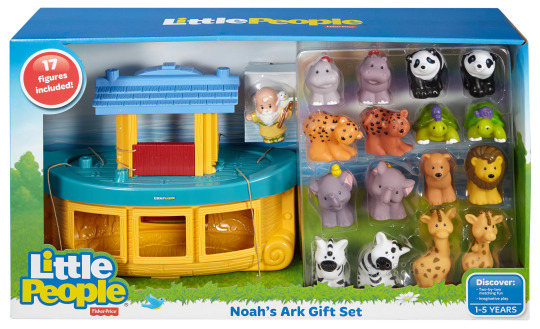
A brand like Fisher-Price and Disney has a tremendous advantage over new competitions in drawings people's minds on how its products can be integrated into their parenting. Recently, I was shocked to see kids watching the same Disney episodes I watched 15+ years ago, except it was in 3D. The quality of visual and audio dazzled me, but soon I felt relieved. Despite the technological advances, it was the same story I used to enjoy and cherish and I could easily sketch how I could make the connection between myself and my kids in the future.
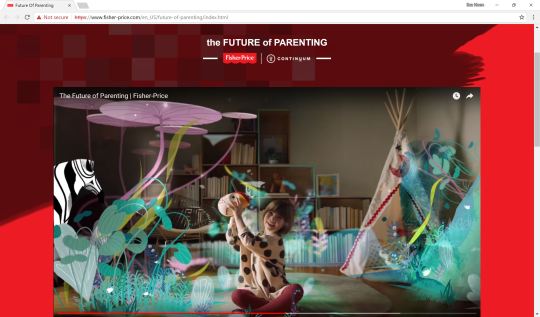
Fisher-Price unfortunately is not Disney - a media and entertainment conglomerate - that can expose its content to the mass throughout their lifetimes. It needed to connect with people who grew up with their products and tell them what the parents with Fisher-Price may look like in the future. The company hired Continuum, a design consultant, to envision its future and come up with an ad campaign that can communicate with the target demographics.
youtube
This ad was premiered at South by Southwest. It targeted millennials and successfully engaged them to the technocentric future they sketched and reiterated the strong relationships they once had with Fisher-Price toys. The ad focused on the "insights" that are futuristic, but something we all can desire and appreciate - Dynamic Simplicity, Contextualized Response, Keep It Human, Imaginative Immersion, No Boundaries, and Quantified Self. The decision to "backcasting from the ideal" is a risky one. Though its effort is as genuine as including experts like Professor Rosalind Picard at MIT Media Lab, the beautiful and seemingly future it depicted and shared with mass can adversely affect its brand if it fails to deliver innovative products.
0 notes
Text
Cosmetics for Men

Cosmetics for Men is a $1.2B market in Korea. Korean men spend more per capita on cosmetics than any other men in the world. They are influenced by Korean celebrities and commercials - just like Fair & Lovely's in India - that well-groomed men are "better." A highly competitive market, Korean brands - Amore Pacific and LG Household & Health Care - make up more than 50% of the market share and international giants - Estee Lauder Companies and L'Oreal - are eager to expand their footholds.
youtube
However, the way those brands - domestic and international alike - approach the Korean market is highly specific and effective. One may suspect that cosmetics are only desired by millennials in Korea, but "anti-aging" has been highly popularized across generations. Take a look at this commercial by Biotherm Homme, a L'Oreal's luxury brand. It features a top Korean actor - Won Bin - and tells a story of why one should use anti-aging products from early on and for an extended time. By using a younger and well-groomed actor, the ad effectively portrays what you could be by using the product and when you should start using the product, a much younger age than one might imagine.
youtube
Another tactics - a brilliant one - Biotherm Homme uses is encouraging significant others to buy its products as gifts. Targeted for a Valentine's day, this ad features the same actor with a girlfriend and suggests what kind of cosmetics she should give him this year, depending on where they are in their relationship. Not only the brand positions itself as romantic element in a relationship (and now it does have a symbolic meaning in Korean society), it suggests that it can grow with it by showing multiple lines and functions.

1 note
·
View note
Text
volvo + geely
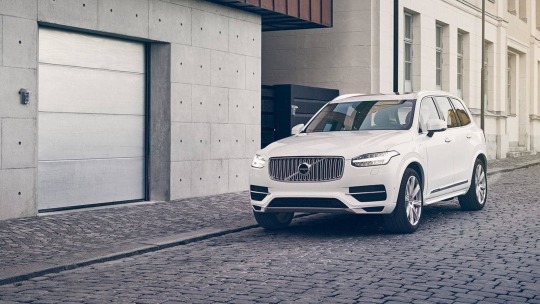
Volvo has changed. Personally, I remember it as a boring European automobile brand awkwardly positioned between premium brands - like BMW and Mercedes-Benz - and more economical ones - like Volkswagen and Fiat. Indeed, the brand suffered in mid to late 2000s in lacking short-term returns and long-term visions. Today, Volvo cars are the charming, sexy and environmentally-conscious ones that commend an unique position among premium cars.
Volvo Cars is a Swedish automobile manufacturer, headquartered in Gothenburg, Sweden from its founding in 1927. Over time, it earned reputation as a one of premier European luxury brand with unparalleled safety reputations. However, it has not succeeded in competing against other luxury brands in the global market and the 2009 - 2010 decline in global markets has been devastating for the company. In the US, the biggest auto market prior to 2009, economical brands - Hyundai, Kia and Subaru - prevailed and the luxury brands had to look elsewhere. In China, the biggest auto market since 2009, German luxury brands aggressively expanded their presences as demand rapidly grew. Volvo was squeezed somewhere in the middle, posted revenue of $12.4 billion USD and pre-tax loss of $653 million USD in 2009. And in 2010, Ford Motor Company sold Volvo Cars to Zhejiang Geely Holding Group for $1.8 billion USD.
Stefan Jacoby, a former chief executive of Volkswagen of America, became the Chief Executive of Volvo and Li Shufu, the chairman of Geely, beacme the chairman of the board. At that point, Geely has been around for just 13 years and its cars were known for cheap and low quality. Shufu wanted to develop larger, flashier luxury cars for Chinese market whereas Jacoby advocated that the luxury in the future is about environmental responsibility and good, functional interior. Despite their differences from the past and vision for tomorrow, the two came to a compromise and soon introduced 90-series models. The revamped models proved to be a global success, and in a year and half it became the fasted-growing automaker in the world. Its share in the global market increased by 20% and its share in China increased by 36%.
Now, it plans to release a new line of performance brand called Polestar 1. Similar to Lexus, the newly oriented brand will be separately branded from Volvo Cars.
youtube
Plus, a bonus. A cool ad on Volvo Trucks, a separate company.
youtube
0 notes
Text
National Brand in Airlines

When it comes to automobile, our perception of countries plays key role in determining value of each brand. BMW? Mercedes-Benz? German engineering. Toyota? Lexus? Honda? Japanese quality. We learned from the Concha y Toro case that it plays key role in shaping the value of a brand. Is that the same case with Airlines?
Yes and no. There are Airlines - just like Singapore Airlines - that bear the name of country. Emirates, Qatar Airways, Turkish Airlines, Garuda Indonesia, Thai Airways, Air France, Swiss Int'l Air Lines, Air New Zealand, Austrian, Japan Airlines, KLM, British Airways, Finnair, Norwegian, Air Canada, Malaysia Airlines, Korean Air, China Airlines, South African Airways and so on. They do carry their countries' names because many of them started as a national, public entity. As the case of Singapore Airlines shows often the brands of country and the airlines grow together. And, Singapore Airlines benefited from being the only airline in the country. It successfully aligned and shaped its brand to that of Singapore and created a synergy. Not just in terms of design, but also in the level of service and sophistication they presented.
Let's take a look at other countries and let's just focus on aesthetics, and in particular uniforms. It is interesting to observe different levels airlines use national brands in their uniforms. As an exercise, try to guess what the airlines are for United States and Japan. Then, guess the last -
01 United States


02 Japan
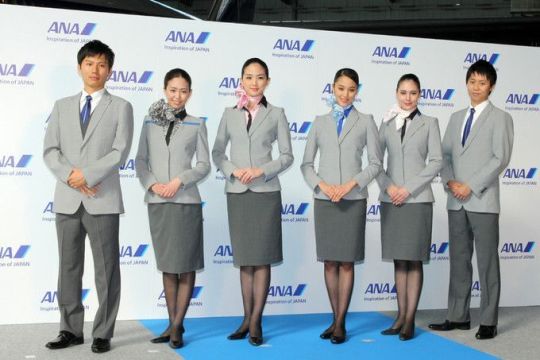
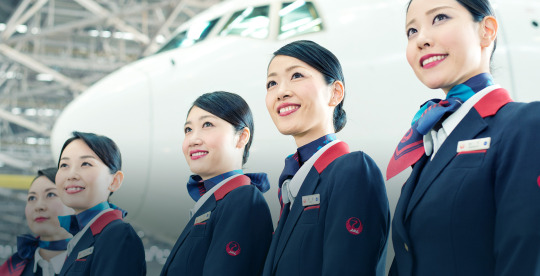
03

0 notes
Text
Complimentary Glass of Wine in Fine Dining

They are the three brothers at El Celler de Can Roca, arguably one of the best restaurants in the world. Three Rocas - a chef, a pastry chef and a sommelier - serve Catalunya-inspired dishes incorporating cutting-edge techniques. Ranked number one in San Pellegrino’s World’s 50 Best Restaurants twice, a complimentary glass of wine is not something the restaurant advertises to lure customers. But, they do serve a complimentary glass of wine and it is Cava, a sparkling wine of Denomincaion de Origen (DO) status from Spain. And, if one wants to enjoy the free glass of sparkling wine, one has to make a reservation 11 months in advance.
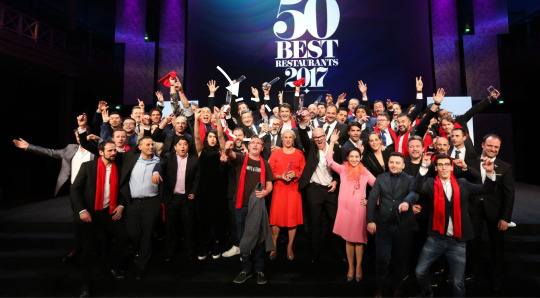
Assuming one is a foodie and sensible to the restaurant’s philosophy (plus, made a reservation 11 months ago...), a complimentary glass of Cava makes a lot of sense. And, it will certainly have a positive influence to the overall dining experience as argued in Fine as North Dakota wine: Sensory expectations and the intake of companion foods. But, what if one is not a foodie and insensitive to the restaurant’s promotion of regionality. Would serving a more internationally recognized sparkling wine - let’s say Champagne - enhance his or her dining experience better than serving a glass of Cava?

Promotion for locality is a common phenomenon in fine dining. And, the idea of aligning the whole dining experience with the locale matters a lot. El Celler de Can Roca has an advantage of being in Catalunya over other restaurants in the San Pellegrino’s list where they are located in places that just don’t produce any wine. In the time when it is very difficult to find a fine dining restaurants without a wine program, choosing the right complimentary glass of wine may be a challenge for a fine dining restaurant.
0 notes
Text
corona + heineken

Corona and Heineken tried both national and regional strategies when it comes to marketing. The different scales allow the companies to approach consumers from multitude of angles based on their own assessment of the brands. At the end, we learn that an image of a brand or an anticipation of humor in advertisement can be more substantive than an campaign and that they operate across different scales.
0 notes